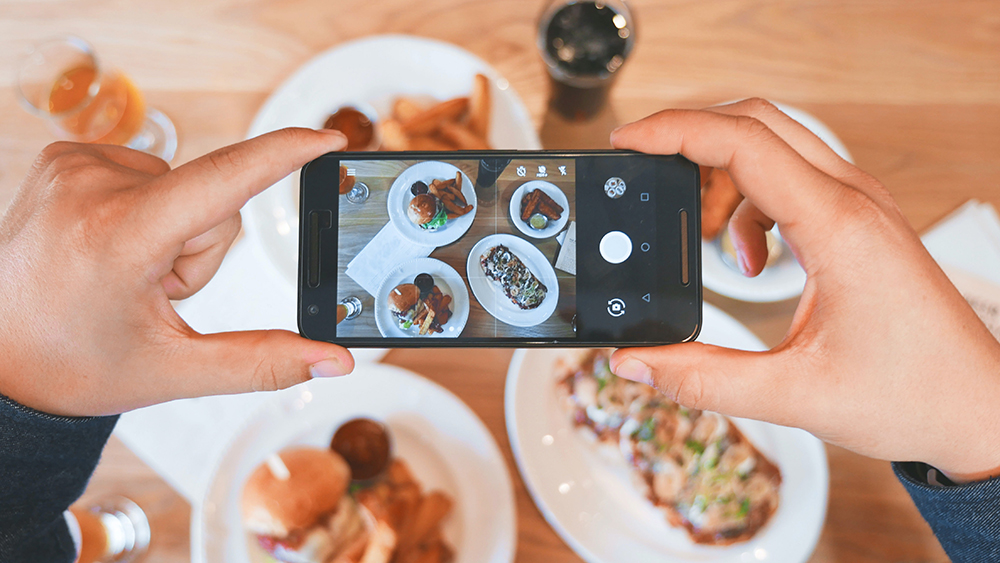What Factors Do Facebook and Instagram Focus on When Measuring Marketing Impact?
In 2019 Facebook made $70.7 billion in ad revenue. Instagram, which is owned by Facebook, accounted for $20 billion worth of that income.
Aside from being the most popular social media platforms in the world, Facebook and Instagram draw this kind of astronomical ad revenue because they work tirelessly to provide their advertisers with metrics to analyze their campaigns. Facebook and Instagram want their advertisers to know what’s working, what isn’t, and how to best optimize their ads.
The Top Ad Metrics Used by Facebook and Instagram
Both Facebook and Instagram work so well as a marketing platform because they allow you to specifically target who you want to see your ads. As such, these platforms provide the following metrics on your campaigns, including on a campaign level, ad set, or on specific ads:
- Performance
This metric tells you how your ad performed in terms of the number of impressions it received, number of video views, number of clicks, and more. In addition to giving your performance numbers, the platforms also give you a cost per thousand impressions (CPM), and your click-through rate (CTR) and cost per click (CPC) on Facebook.
- Demographics
Facebook and Instagram know that you need to be informed about exactly who is viewing and taking actions based on your ads. Because of the amount of data these social media platforms collect on their users, Facebook and Instagram are able to provide you with very detailed demographic information about who is viewing and acting on your ads.
- Placement
Since you manage Facebook and Instagram ads in one ad manager, this metric shows you which of the two platforms your ad was placed on (or both) and the different results and cost per results for each placement.
- Delivery
This ad metric will provide you with very detailed information on your ad sets’ delivery. Key insights include auction overlaps, ad saturation, and bid competition for your selected audience.

How Much Does it Cost to Advertise on Facebook and Instagram?
Facebook and Instagram work on an ad auction model. This means that you set your budget, then bid on the type of user, based on the targeting options you’ve chosen, that you want to see your ad.
Fortunately, the amount you bid isn’t the only factor that Facebook and Instagram consider when they decide to serve up ads. They look very carefully at ad quality. For example, if you want to advertise your shoe store to women who are currently within a 5-mile radius of your store, your ad is going to be deemed of higher quality if it includes images or videos of shoes and shoe-related keywords. An ad that has unrelated images, or just a company logo, for example, will be deemed to be of lesser quality.
All that being said, your cost to advertise on these social media platforms is going to vary greatly depending on your targeting options. For example, a geotargeted ad for a coffee shop in Manhattan’s Time Square is going to cost more than a geotargeted ad for a similar type of business in Omaha, Nebraska. Facebook and Instagram have a limited number of ads that they will serve, and the higher the demand is for your specific target audience, the more your ad campaigns are going to cost.
How to Maximize Your Budget for Facebook and Instagram Marketing
We know you have a finite amount of money to spend on social media marketing. That’s why the best way to maximize your advertising dollars for Facebook and Instagram is to:
- Know exactly who it is you’re trying to reach.
- Make sure your ad content is relevant to your target audience.
Both platforms make it easy to pinpoint your ad audiences by providing a variety of audience targeting options, including:
- Age.
- Gender.
- Languages.
- Detailed targeting, including interest and/or behaviors based on users’ Facebook usage and pages liked.
- Location, for geotargeted ads.
- Connections, which allows you to include or exclude people who are connected to your pages, apps, or events from seeing a specific ad.
- Custom audiences, including people Facebook knows have already visited your website because you’ve included a Facebook pixel on it.
Fine-tuning your audience allows you to weed out users who aren’t in your target market for your product or service. The more narrow your audience is based on the criteria you’ve internally identified that a potential customer contains, the more effective your ad spend will be.
For example, if you want to advertise that your pediatric medical practice is bilingual in both English and Spanish, targeting your audience to people in their 20s and 30s and are likely to be parents, who live in your city, and use Spanish on Facebook is going to produce you with a higher quality audience. This weeds out older adults who are less likely to need a pediatrician, people who live too far away to go to your practice, and people who don’t speak Spanish.
When it comes to ad quality, making sure the content of your ad is relevant to your audience is key to having it served to the right people. Using the example of a bilingual pediatric medical practice discussed above, having your ad which is served to Spanish speakers written in Spanish or at least including the text, “Hablamos Español” (We speak Spanish), is going to greatly improve your ad quality.
We Can Help You Implement and Measure Your Social Media Marketing
Many firms who try to delegate social media marketing to a team member who has other responsibilities quickly learn that social media management is a job in and of itself. If you need resources to create ad campaigns, target them, analyze them, and optimize them, we can help.
Contact us today for a social media management consultation by calling us at 949.484.9104 or filling out our online contact form.







